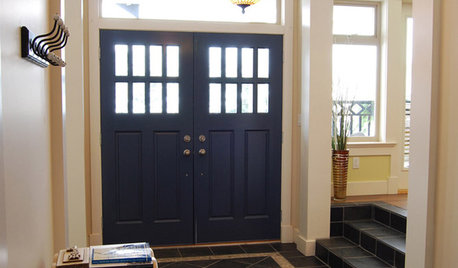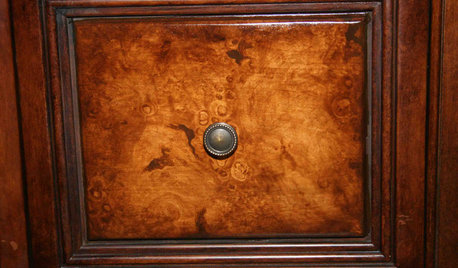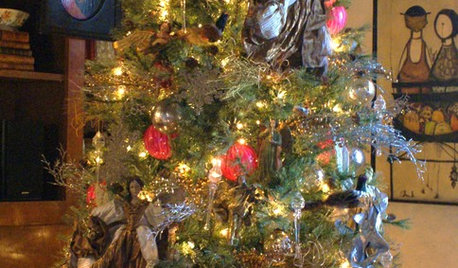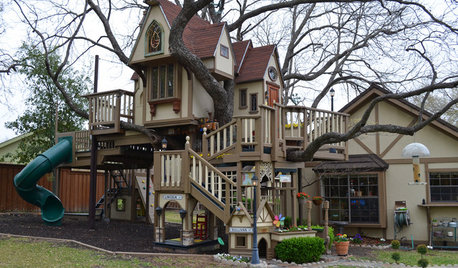Girdling B&B Tree
longtee81 (Zone 5a)
9 years ago
Related Stories

HOUZZ TOURSHouzz Tour: Bringing the Outdoors Inside on Bowen Island, B.C.
Custom-built farmhouse offers large, small reminders of surrounding nature
Full Story
DESIGN DICTIONARYBurled Wood
Gnarly tree growths create burled wood's interesting shapes and patterns
Full Story0

FALL GARDENING11 Trees for Brilliant Fall Color
Give your landscape the quintessential look of autumn with the red, orange and yellow leaves of these standouts
Full Story
UPHOLSTERYFabric Focus: Savor the Sensuousness of Silk
With its refined texture, resiliency and luxuriousness, silk has been popular since 3000 B.C. Here’s how to make it work in your home today
Full Story
GARDENING GUIDESHow to Keep Your Citrus Trees Well Fed and Healthy
Ripe for some citrus fertilizer know-how? This mini guide will help your lemon, orange and grapefruit trees flourish
Full Story
EDIBLE GARDENSHow to Grow 10 Favorite Fruit Trees at Home
Plant a mini orchard in fall, winter or early spring to enjoy fresh-off-the-tree fruit the following year
Full Story
FARM YOUR YARDIf You Have Room for Only One Fruit Tree ...
Juice up a small garden with one of these easier-care or worth-the-effort fruit trees for a mild climate
Full Story
HOLIDAYSChristmas Tree Decorating the Painless Way
Holidays are for carols, not cussing. Make tree trimming less work and more fun with this guide at your side
Full Story
SPRING GARDENING7 Spectacular and Practical Spring-Flowering Trees
Put on a beauteous show in the garden with a landscape tree awash in flowers — just do your homework first
Full Story
MOST POPULARThe Most Incredible Kids' Tree House You'll Ever See?
Duck your head to enter this unforgettable Dallas wonderwork, lovingly crafted with imaginative delights
Full Story









hairmetal4ever
brandon7 TN_zone7
Related Professionals
Erie Landscape Architects & Landscape Designers · Lake Oswego Landscape Architects & Landscape Designers · Marina Landscape Architects & Landscape Designers · Brunswick Landscape Contractors · Darien Landscape Contractors · Eustis Landscape Contractors · Melrose Park Landscape Contractors · Nutley Landscape Contractors · Pleasanton Landscape Contractors · St. Louis Landscape Contractors · Plano Siding & Exteriors · Springfield Siding & Exteriors · Maple Grove Decks, Patios & Outdoor Enclosures · Orange County Decks, Patios & Outdoor Enclosures · Richmond Decks, Patios & Outdoor Enclosuresclaynation_il
ken_adrian Adrian MI cold Z5
hairmetal4ever
tenacre
hairmetal4ever
longtee81 (Zone 5a)Original Author
hairmetal4ever
hairmetal4ever
whaas_5a
mikebotann